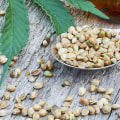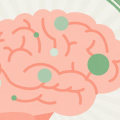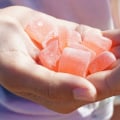Cannabidiol (CBD) is a compound found in cannabis that has been gaining attention for its potential therapeutic benefits. It has been found to have anti-inflammatory properties, making it a popular choice for treating a variety of conditions, including arthritis, acne, and eczema. But how does CBD work when applied topically?When CBD is applied topically, it penetrates the sebaceous gland through hair follicles. This helps to activate cannabinoid receptors, which can increase the soothing effects of other analgesic agents such as histamine dihydrochloride.
Current treatments for arthritis often have side effects due to the active compounds and the route of administration. However, CBD can provide relief without these side effects. Topical application of CBD avoids gastrointestinal administration and provides more consistent plasma levels. This makes it an ideal choice for those looking for localized relief from pain or inflammation. It can also be used to treat acne and eczema due to its anti-inflammatory properties.
CBD is hydrophobic and has poor oral bioavailability, so it is often taken sublingually (under the tongue) or in tinctures, oils, or sprays. This allows it to be absorbed directly into the bloodstream for 60 to 120 seconds. While companies are still developing new ways to use CBD, taking it orally is still the most common way to administer the cannabinoid. CBD balms and creams are becoming increasingly popular among athletes and those in the skincare industry. They provide localized relief from pain and inflammation without having to take CBD orally.
The amount of CBD cream needed will vary depending on the severity of the condition, body weight, CBD potency, and other factors. CBD has been gaining attention in recent years due to its potential therapeutic benefits. It can be taken orally or applied topically depending on the type of problem being treated and the desired results. Either way, CBD can provide relief from pain and inflammation without any side effects.






